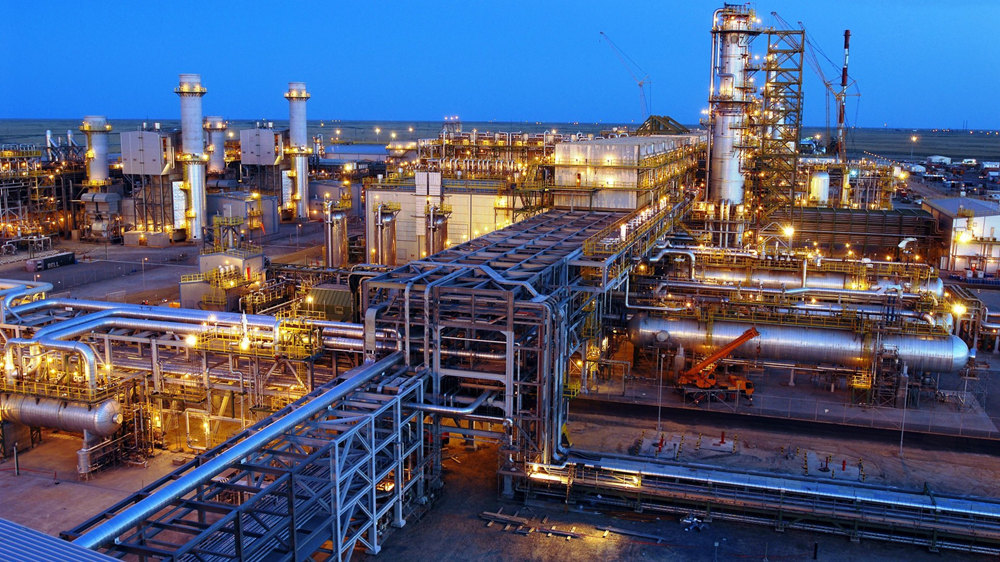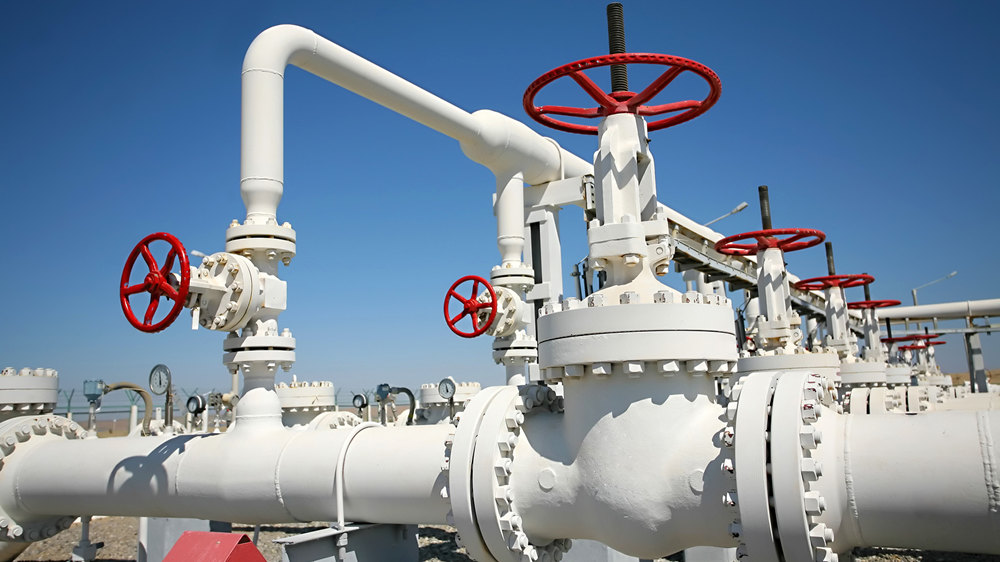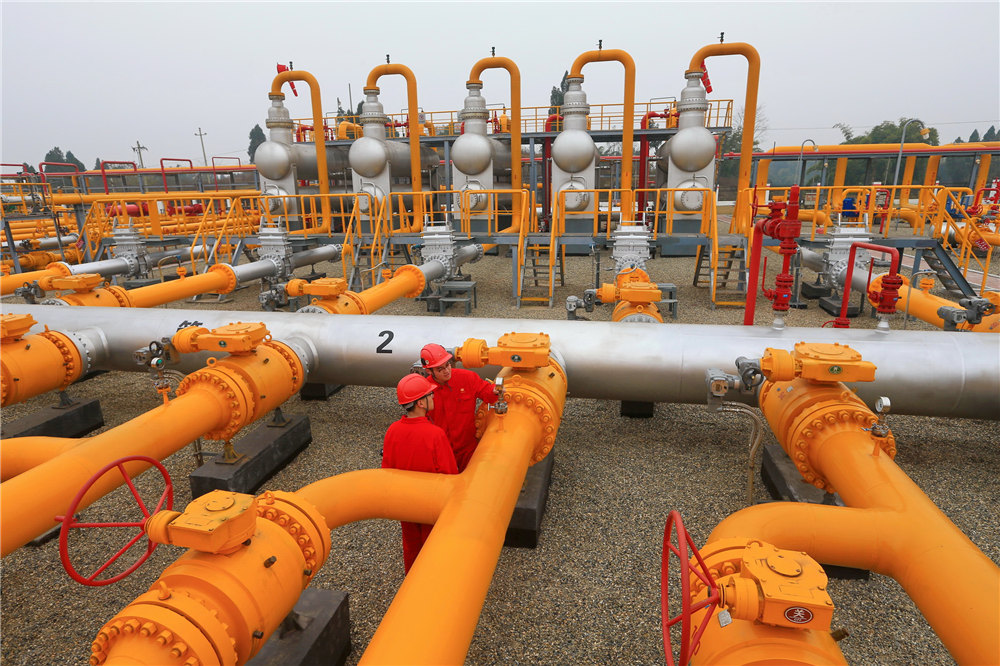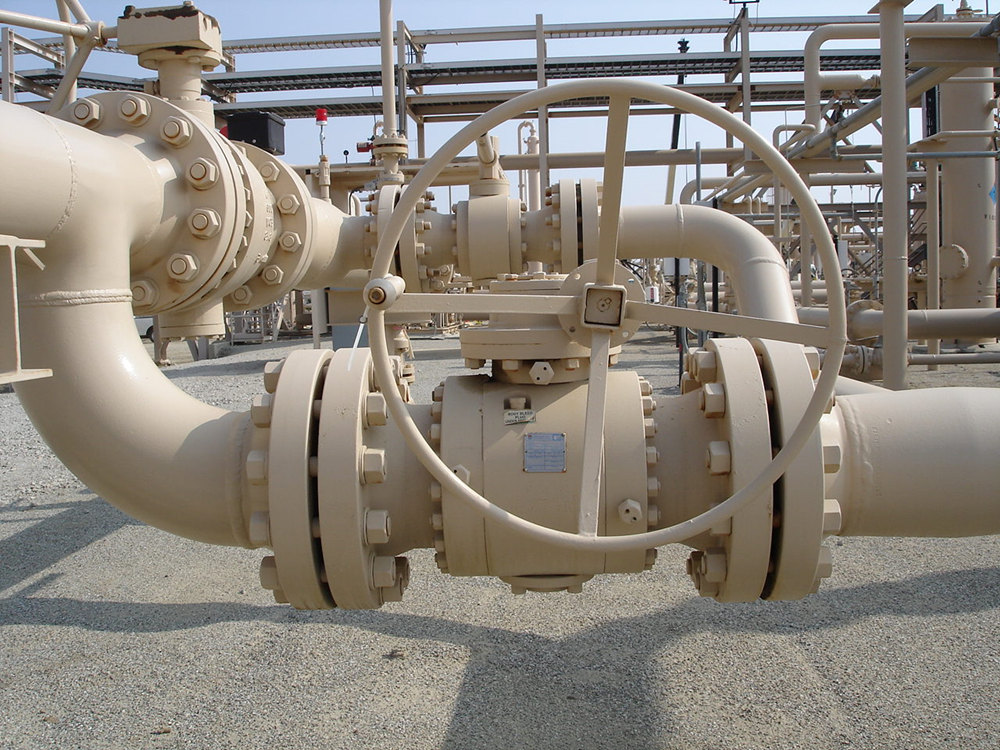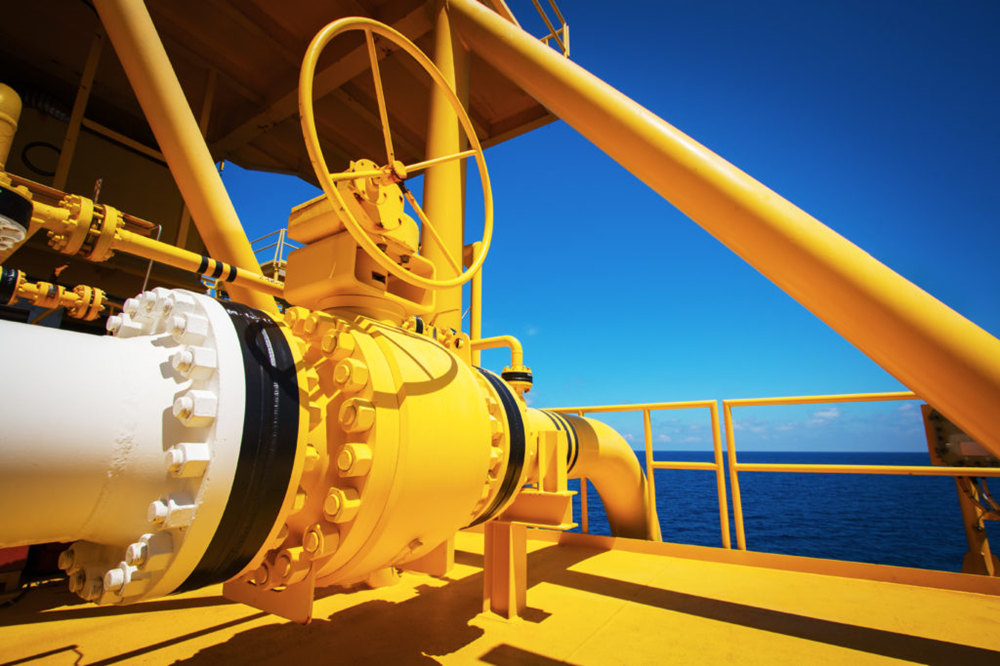Working Principle And Maintenance Of Ball Valve In City Heating System
This paper describes the valve selection of the heating pipe network system and the advantages, working principle and maintenance of the ball valve, which provides an important reference value for the heat source planning, design, equipment selection, operation and production, equipment maintenance, and transformation and upgrading of the heating system.
In recent years, with the development of economy and people 's attention to low-carbon environmental protection, the governance of haze and energy-saving projects has made more and more heating enterprises gradually move towards a standardized, scientific and energy-based heating mode, which greatly reduces the heating cost and improves the quality of heating services. At present, China 's energy use has become a high growth, high energy consumption, high pollution situation, energy conservation is imperative. The construction and development of urban central heating is an effective way to save energy, reduce environmental pollution and achieve sustainable development.
At present, most of the heating enterprises take into account the cost of investment, still using the backward production methods for many years, as well as the unreasonable heat source planning, unreasonable operating parameters, backward management methods and the shortage of professional and technical personnel, which restricts the scientific development of the heating industry. In the heating system, reasonable selection of fluid control equipment and design of heat source planning has become the primary task of each heating enterprise. The valve is one of the most typical equipment in the thermal system. The quality of the valve and whether the valve is reasonably selected according to the characteristics of the valve will play a decisive role in the quality of heating.
The valve is the control component in the fluid conveying flood system, which has the functions of cutting off, regulating, guiding, preventing countercurrent, stabilizing pressure, shunting, regulating medium flow balance and so on. In the heating system, the heating caused by the quality of the valve is not up to standard, and the user 's complaints to the heating company are also common. Because the valves are laid in the well, the phenomenon of running, falling, dripping and leaking is not easy to be found. Generally, it can only be found when the user complains, Roving discovery and the equipment is damaged. If there is a problem, it can not be found in time. It is not a small problem, which has an impact on the safety of pipeline operation, but also causes waste of heat source. It is a headache for thermal technicians. In some heating enterprises, there have been misunderstandings in valve selection. They only pay attention to the price of equipment or have been using the previous heating equipment mode. Lack of innovation consciousness, lack of professional knowledge of valve characteristics and maintenance. It does not consider the high maintenance cost caused by the problem of valve quality.
Commonly used valves in the thermal piping system are butterfly valve, gate valve, globe valve, check valve and so on. These valves have their own advantages, but also have their own shortcomings, widely used in the heat network system, with the designer in the selection of the type, usually with practical application combined with the advantages and disadvantages of these valves for reasonable design planning. Let's understand the advantages and disadvantages of these valves, butterfly valve is one of the most widely used valve, installation space is small, low cost, can also be used to adjust the flow of the medium, soft seal butterfly valve due to rubber material restrictions, can not be used in high temperature conditions, in recent years, metal three eccentric butterfly valve application, greatly improve the butterfly valve in the temperature range of application, However, the butterfly plate is washed by the medium for a long time, resulting in the deformation of the sealing surface, which will result in seal damage and also affect the flow of the medium. It is generally used in occasions where the sealing requirements are not strict. Because the fluid resistance of the gate valve is small, the flow direction of the medium is not restricted, when the sealing surface is fully opened, the erosion of the medium is smaller than that of the globe valve, but the size and opening height of the gate valve are large, and the installation space is relatively large. In the opening process, the relative friction of the sealing surface is easy to cause the insertion phenomenon, and the maintenance is also more trouble, which affects the use of large quantities in the heating system. The globe valve is also commonly used in the system of the valve, the opening height is small, the switch is relatively fast, the sealing surface in the process of opening and closing generally no relative sliding, will not cause scratches, maintenance is also more convenient, but the disadvantage is to change the flow of the medium, increase the fluid resistance, the shape length is also larger, the nominal diameter of the general globe valve is not greater than DN250 high pressure is not greater than DN150.
Ball valve was born in the 1950s, with the rapid development of science and technology, the continuous improvement of production process and product structure,it has been used more and more in the thermal system in recent years, its superior performance is beyond the reach of other valves, it has no fluid resistance, light weight, zero leakage sealing performance, opening and closing switch quickly, sealing surface is not scour by the medium, Long service life and other advantages, and gets the favor of valve selection for enterprises. In particular, all-welded ball valve has been widely used in central heating pipe network in the past two years. Its unique advantages of zero internal and external leakage, direct burial, pipeline welding without stress, and 20 years of maintenance-free, to a greater extent, have saved the installation costs and related maintenance costs of heating enterprises, and have been recognized by the senior management of the heating company. However, how to carry out daily maintenance and repair of valves in our operation has also become a work that cannot be ignored by heating enterprises. By understanding the working principle and product characteristics of the valve, as well as the operation method and troubleshooting, the relevant production operation system can be formulated in the normal production of the company to ensure the safe operation of the valve equipment.
The working sealing principle of thermal welding ball valve :
The commonly used thermal welding ball valve and ordinary flange ball valve are mainly composed of valve body, seat, ball, stem and transmission device. The main function is to connect and cut off the channel of fluid in the pipeline. The ball valve realizes the switching function by driving the ball to rotate 90 degrees through the transmission device. The main structural forms are divided into floating ball structure and fixed ball structure.
1.Floating ball structure : The ball of the floating ball valve can float in the valve body, under the pressure of the fluid medium, the ball is tightly pressed to the outlet section of the sealing valve seat, which will form a single seal, front seat seal is not guaranteed, this structure of the ball valve is characterized by simple structure, simple manufacturing, unilateral sealing performance is good, especially the fully welded ball valve seat disc spring structure design, so that the seal reached a more stringent level, the sealing surface to withstand a larger sealing ratio, the opening and closing torque will increase, It is generally applicable to valves with a diameter less than DN300.
2.Fixed ball structure : The ball of the fixed structure has an upper and lower rotating shaft, and the lower part of the ball is embedded with a bearing, which is fixed by the lower valve stem, and the upper part is connected to the upper valve stem. The ball can only rotate along the vertical axis of the valve channel, and can not move to one side like the floating ball valve. Therefore, when the fixed ball valve works, the pressure of the fluid in front of the valve can only be transmitted to the valve stem and bearing, and will not produce pressure on the valve seat. Therefore, the valve seat will not be deformed by the pressure change in the pipeline, the sealing performance is good, and the service life is long. The valve seat of the fixed ball valve is floating, and the valve seat will use the pressure of the rear spring and the pressure in the pipeline to compact the ball to form a reliable seal.
Thermal ball valve maintenance and management technology:
The correct use of the installation and maintenance of the ball valve is very important, and it is also the content that the heating enterprise must refer to in the formulation of the operation procedure. The scientific management and maintenance of the ball valve during the construction period can not only ensure the safety, but also reduce the cost of the construction and operation management period. Mainly pay attention to the following aspects:
1.To use the correct method to load and unload the valve, to avoid mechanical damage to the valve, lifting the valve, the lifting belt can not be tied to the valve stem or actuator lifting, such as illegal operation, will cause the valve stem bending, valve stem sealing failure and turbine box damage .
2.Before the valve leaves the factory, it is necessary to seal the blind plate or cover at both ends of the valve to avoid water, sand, and other impurities on the site enter the valve chamber during transportation, which will cause damage and corrosion to the seal.
3.In the construction site, the valve should be placed neatly, can not be randomly placed,will cause valve blowdown valve or grease valve break and damage.
4.Full welding ball valve before welding construction, should confirm the valve in the fully open position welding, Avoid the ball damage caused by welding spatter, scratch the sealing surface, welding temperature of valve seat is controlled at 140 degrees.
5.After the hydrostatic test, the water in the valve chamber should be discharged clean to prevent corrosion and icing.
Management and maintenance suggestions for daily maintenance in operation:
1.For pipeline ball valves of API6D, periodically check the sealing performance of the valves, and check through the blowdown valve. If there is internal leakage, it is processed according to the procedure
2.According to the frequency of valve activity, a certain amount of grease is injected into the valve seat. Generally, an appropriate amount of grease is injected after the valve activity, and the amount of each injection is 1 / 8 of the sealing system. The purpose of doing so is to avoid the impurities in the pipeline to enter the rear cavity of the valve seat to the greatest extent, affecting the movement of the valve seat, resulting in sealing failure, while ensuring that the sealing surface is always in a lubricating state and prolonging the service life.
3. For valves with few activities, opening and closing operation should be carried out once a year, and a certain amount of grease and cleaning liquid should be injected, which can avoid the ball and valve seat glue and can also avoid dry grinding when the ball is active and reduce the valve operating torque.
4. Ball valve should be maintained before winter, focusing on draining the water inside the valve chamber and the water of the actuator to avoid freezing in winter and affecting the use of function.
5.Add wear-resistant grease to the valve worm head actuator every year, regularly check the valve stem seal, remove corrosion, and do external protection.
In order to improve the reliability of the valve and prolong the service life of the valve, it is very important to do a good job in early maintenance and supervision. It is necessary to strengthen the maintenance supervision before the valve equipment leaves the factory and the supervision in the transportation, and strengthen the maintenance before the equipment installation site and the supervision in the installation process. Before installation, it is necessary to carry out hydraulic test, find problems early and deal with problems in time. Strengthen professional training, improve the skills and quality of professional maintenance personnel, and achieve scientific, standardized and safe maintenance. Change the concept, carry out preventive maintenance management, formulate periodic maintenance plans and strictly implement them. Do a good job in the safe operation of the heating system to ensure the quality of heating.
